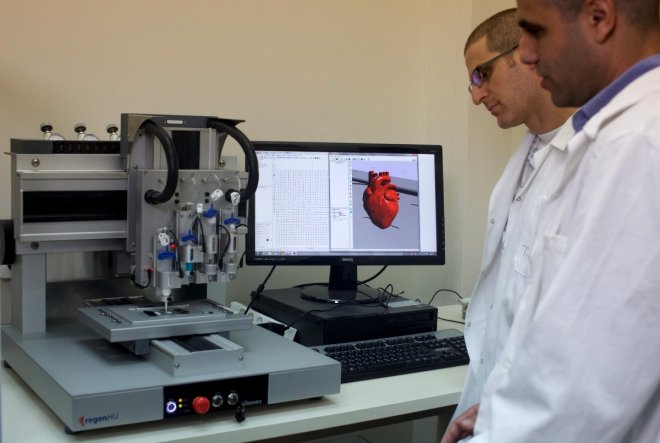
The Max Planck Institute of Biochemistry (MPIB) researchers, in collaboration with the German Heart Centre at the Technical University of Munich (TUM), have come up with an exceedingly new idea to determine how many individual proteins are present in each type of cell in the heart. While doing so, the team compiled the first atlas of the healthy heart, called as cardiac proteome. The atlas is likely to help every researchers and physician to identify differences between healthy heart and chronic heart.
Proteins are the fundamental molecular machines present in every cell and perform a wide range of functions. These proteins are produced in the cells purely based on blueprint stored in the DNA. However, if changes occur in the level of DNA and protein, it exponentially leads to heart disorder. Thus it is crucial to identify which proteins are causing defect and what quantity of proteins is present in the healthy heart.
Proteome: The map of the heart
Protein atlas of the heart, proteome, was the idea brought forth by researchers from Munich. It was explicitly published in the, "Nature Communication". Scientists from this region examined the whole profile of protein cells in almost all the regions of the heart, such as heart valves, cardiac chambers and major blood vessels. They investigated the protein composition in three different types of cells of the heart: cardiac fibroblasts, smooth muscles cells and endothelial cells. Researchers were able to identify/map what quantity of proteins are distributed in all regions of the heart and conclude that nearly 11,000 diverse proteins are found throughout the heart, using spectrometry.
"Previous studies had focused for the most part only on individual cell types, or they used tissue from diseased hearts. This approach has two problems," said lead author Sophia Doll of the MPIB.
"First, the results did not give a full picture of the heart across all its regions and tissues; and second, comparative data on healthy hearts were often missing. Our study has eliminated both problems. Now the data can be used as reference for future studies," said Sophia.
"Looking at the protein atlas of the human heart, you can see that al healthy hearts work in a very similar manner. We measured similar protein compositions in all the regions with few differences between them," said Sophia.
Sick vs healthy: identifying important differences
Next step the researchers took was to test whether the profile from the healthy heart could serve as means to help control and detecting changes in diseased hearts. They compared their values with the cardiac proteomes of patients with atrial fibrillation, which is a common disorder of the heart. However, these results actually provided them with clues as to the cause of the heart problem.
"These findings show us how important personalized medicine is. Although all the patients had very similar symptoms, we see from the data that a different molecular dysfunction was responsible in each case. We need to learn to recognize and treat such individual differences- especially in cardiac medicine," said Markus Krane, Deputy Director of the Department of Cardiovascular Surgery of the German Heart Centre Munich at TUM.









